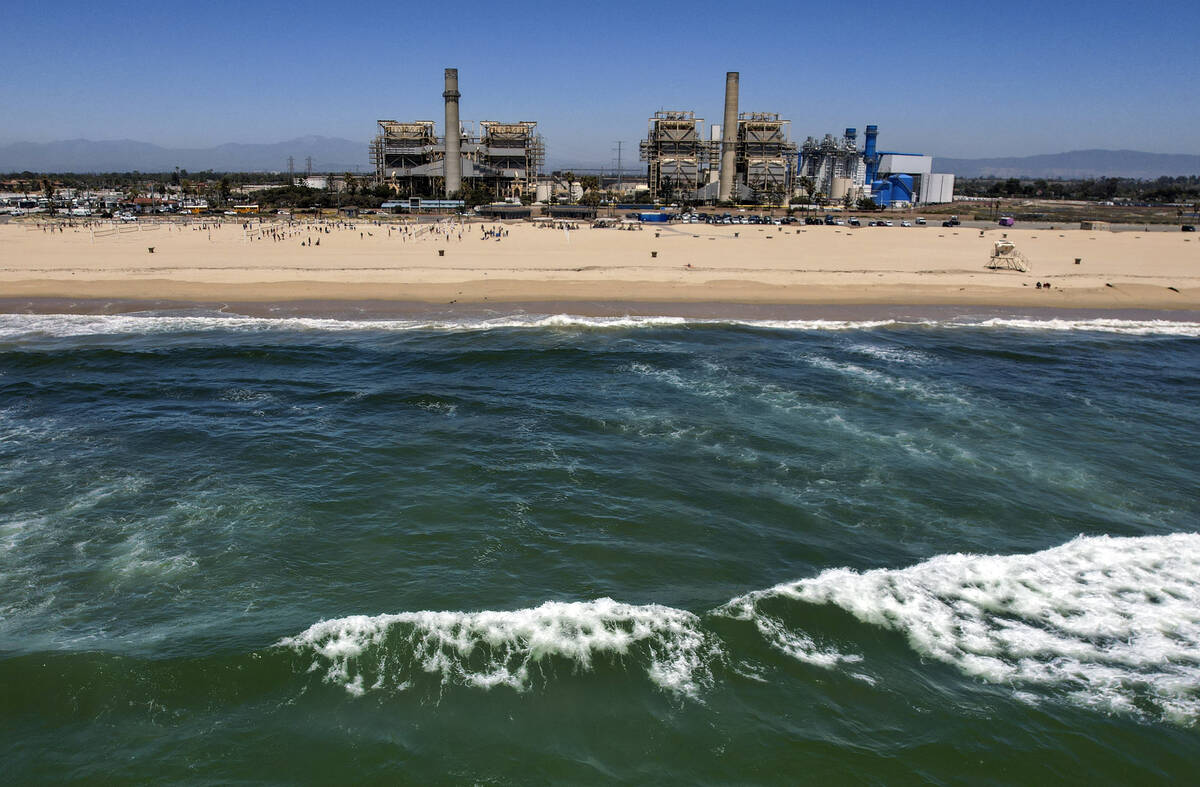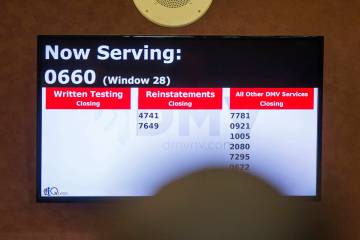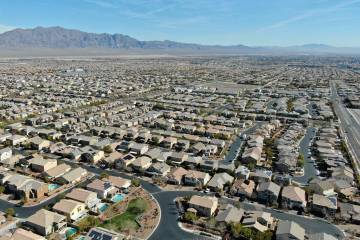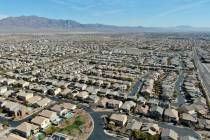EDITORIAL: Why the West is running out of water and can’t get more
When beavers make a dam that redirects a river, they don’t wait for an environmental permit. When a volcano erupts, the Hawaiian goddess Pele doesn’t first fret over carbon emissions. A hungry cat doesn’t care if the bird it’s eating is endangered or not.
At some point, the environmental movement needs to remember that humans are part of nature, too.
The Southwest is in the middle of a severe drought. The effect is exacerbated by the fact that the Colorado River is woefully overallocated and that agricultural uses soak up an inordinate amount of this precious resource. Recently, Lake Mead dropped so low that the top intake pipe is now exposed. In late April, the Southern Nevada Water Authority made the pump at its low-lake-level pumping station fully operational.
Southern Nevada isn’t the only locale grappling with water issues. Last year, federal officials declared a shortage on the Colorado River, cutting allocations. The feds are also planning to retain billions of gallons of water in Lake Powell to help the Glen Canyon Dam produce power. California is moving toward banning “nonfunctional” grass.
The Golden State is also poised to more aggressively tap its abundance of sea water. Gov. Gavin Newsom wants to build a desalinization plant in Huntington Beach that would produce 50 million gallons a day of drinkable water. The average American uses 82 gallons a day, according to the Environmental Protection Agency.
“We need more tools in the damn tool kit,” Gov. Newsom recently told the Bay Area News Group editorial board. “We are as dumb as we want to be. What more evidence do you need that you need to have more tools in the tool kit than what we’ve experienced? Seven out of the last 10 years have been severe drought.”
This is a rare moment when Gov. Newsom has it exactly right. Such a plant would potentially ease pressures on the Colorado and make it easier to facilitate lower-basin water transfers. Yet the facility is firmly in the sights of environmental groups. California’s hyperactive regulatory state has also been a problem. The potential builder first proposed the plant in 1998. The company has been working to cut through the red tape ever since.
Most recently, the California Coastal Commission staff recommended the desalination plant be denied. Among its concerns: The project would “harm marine life and water quality.” The construction supposedly could negatively affect species at nearby wetlands. Also, commissioners fretted about the project’s impact on “environmental justice.”
Yet a 2018 United Nations report found there were 16,000 desalination plants operating in 177 countries. And newer, evolving technologies have made such projects much more efficient and environmentally sound. In addition, the high cost of desalinated water can be an incentive for users to reduce consumption.
Increasingly, it seems that modern-day greens aren’t interested in more sustainable human progress but in blocking that progress regardless. It speaks volumes that Gov. Newsom now represents the voice of reason on his state’s water dilemma. Desalination plants hold tremendous potential for addressing water shortages.






















